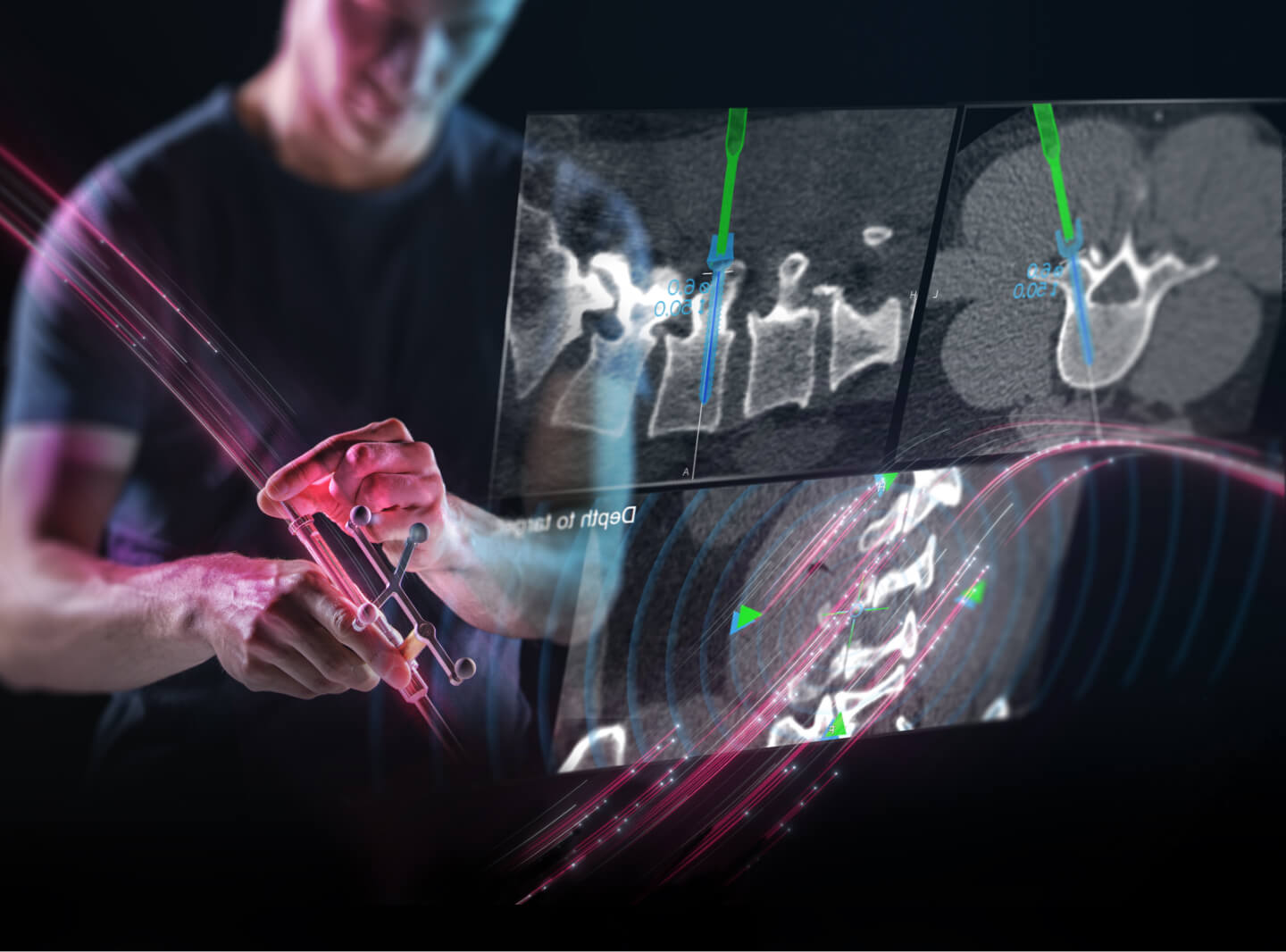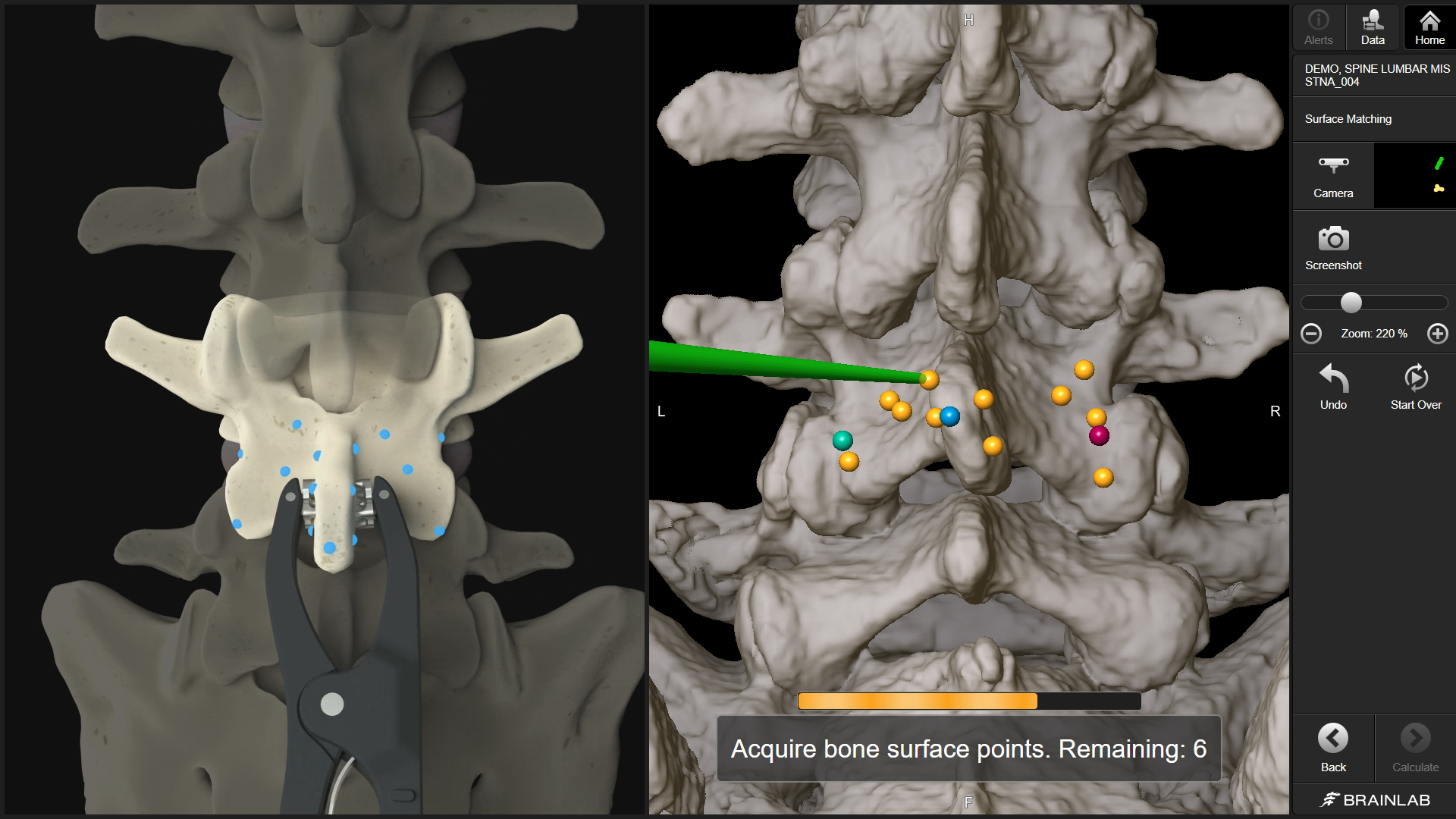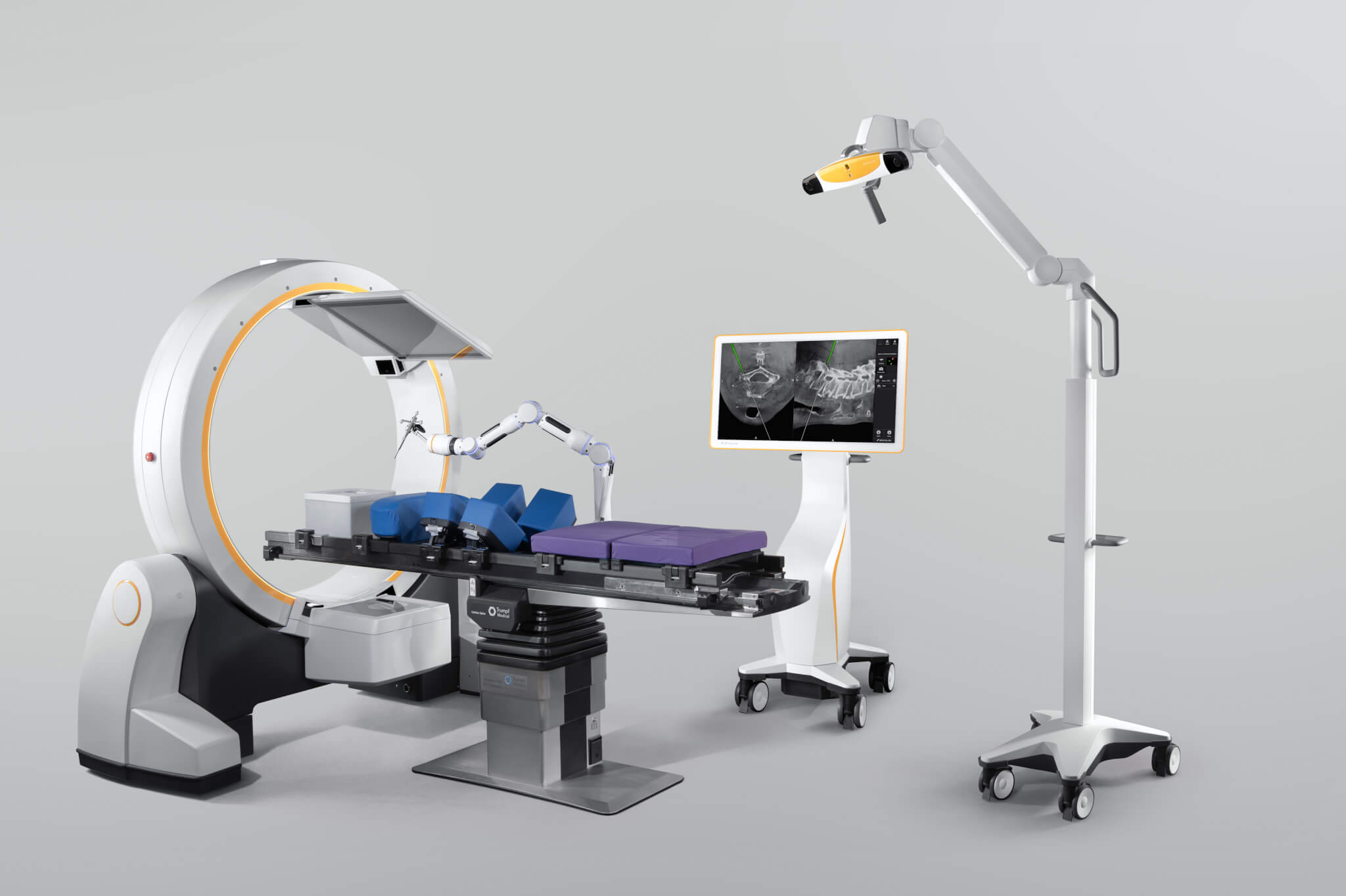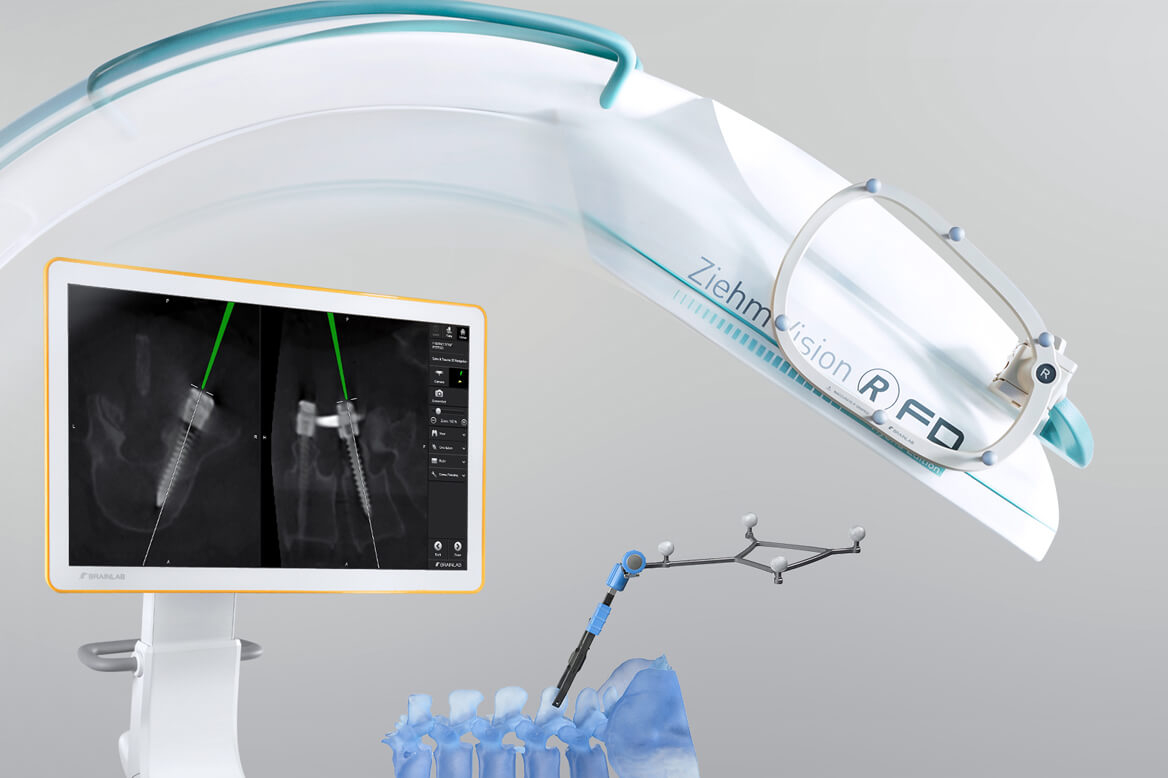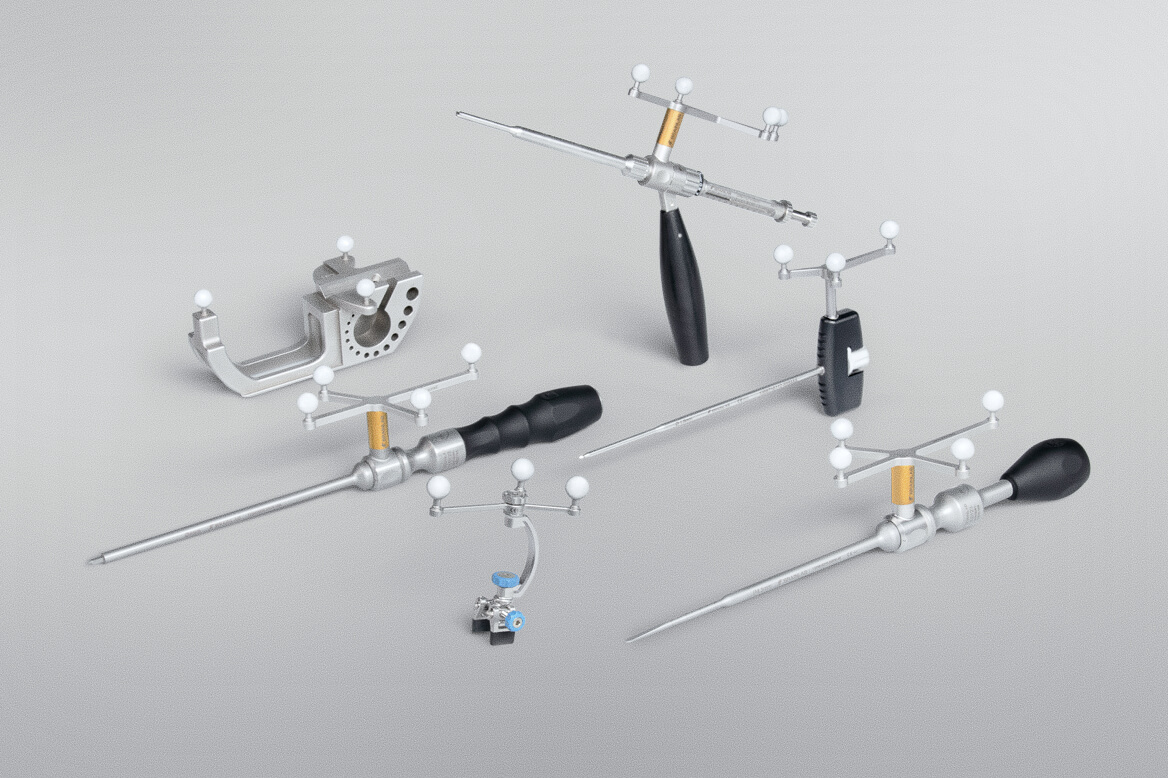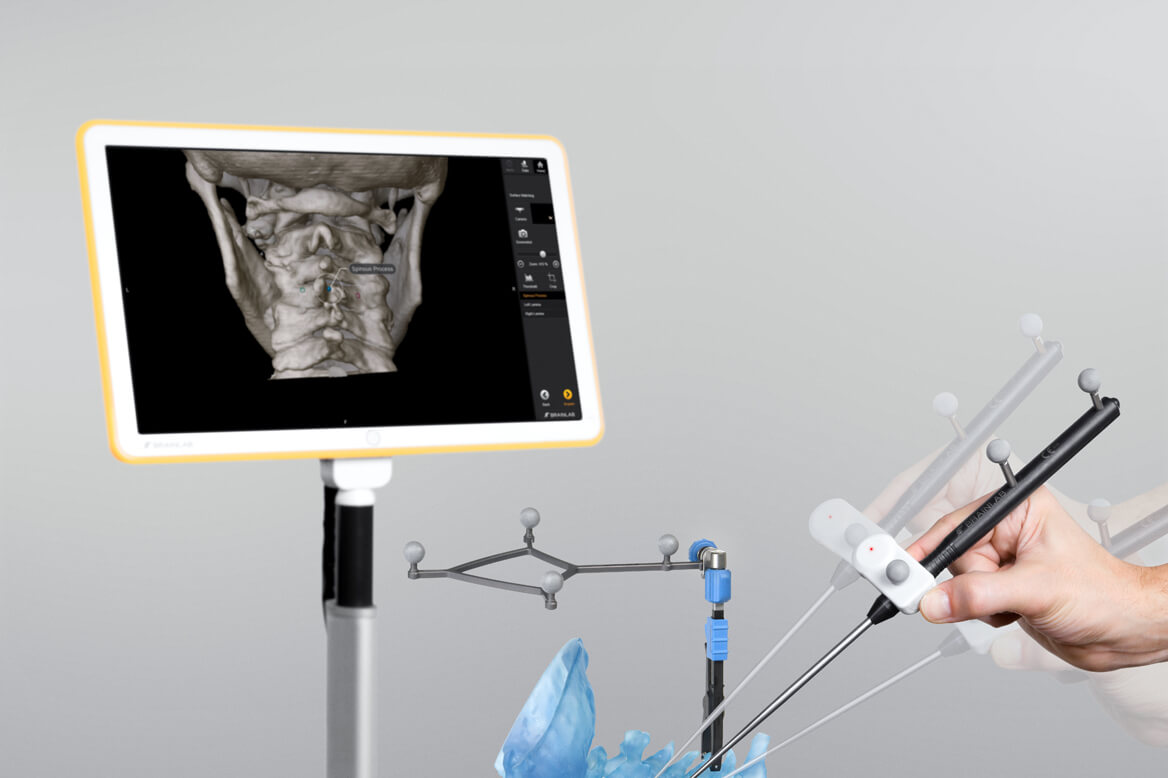脊椎・トラウマ手術用ナビゲーションソフトウェアが
脊椎手術のワークフローを効率化
脊椎・トラウマ手術用ナビゲーションソフトウェアは、アプリケーションをシームレスに切り替えることができるため、これまで以上にデータの中心的なハブとして機能します。これは、CirqやLoop-Xを使用するロボティックワークフローにとって特に重要です。
脊椎領域でのナビゲーション手術は確立されており、頸椎インスツルメンテーション手術から複雑な脊柱変形矯正手術、腫瘍切除術やトラウマ手術に至るまで幅広い症例に最適です。
精度の向上、被ばく量の低減
脊椎手術用ナビゲーションにより、正確な椎弓根スクリューの設置や脊椎固定術が可能になります。ナビゲーションの優れた効率性と高い精度により、被ばく量を大幅に低減できます。
精度の向上1,2
ブレインラボの脊椎手術用ナビゲーションによって、従来の手技よりも正確に椎弓根スクリューを設置できます。どの手術工程でも、2D・3D画像、またはMR・CT画像上でインプラントと手術器具をナビゲーションできます。
ブレインラボ脊椎手術用ナビゲーション:
手術器具の種類を問わず、切開部位やトラジェクトリーを正確にプランニング
特に重要臓器が存在する手術部位に、ケージや椎弓根スクリューといったインプラントを安全に設置可能
後方切開や低侵襲なアプローチで、インプラント設置をガイド
被ばく量の低減3,4
ブレインラボ脊椎手術用ナビゲーションは、高精度な手術器具のトラッキングにより確認用画像の撮影回数を削減できるため、手術チームと患者の被ばく量の低減が可能です。切開部位やトラジェクトリーをリアルタイムで可視化し、手術器具を問わずに直前にプランニングが行えます。
手術チームのX線被ばく量を低減
切開部位やトラジェクトリーを直前に計画可能
MRやCTの2D・3D画像上で、手術器具をリアルタイムに可視化
術者の専門スキルを発揮
脊椎手術用ナビゲーションにより、術者の豊富なスキルや経験をさらに発揮できます。
脊椎手術用ナビゲーションソフトウェアを用いることで、術者は追加的な見解やアドバイスを得られます。
脊椎・椎体間ナビゲーションのワークフロー
柔軟なレジストレーション方法
ナビゲーション
迅速な手術プランニング
手術器具の設定
椎体間ナビゲーション
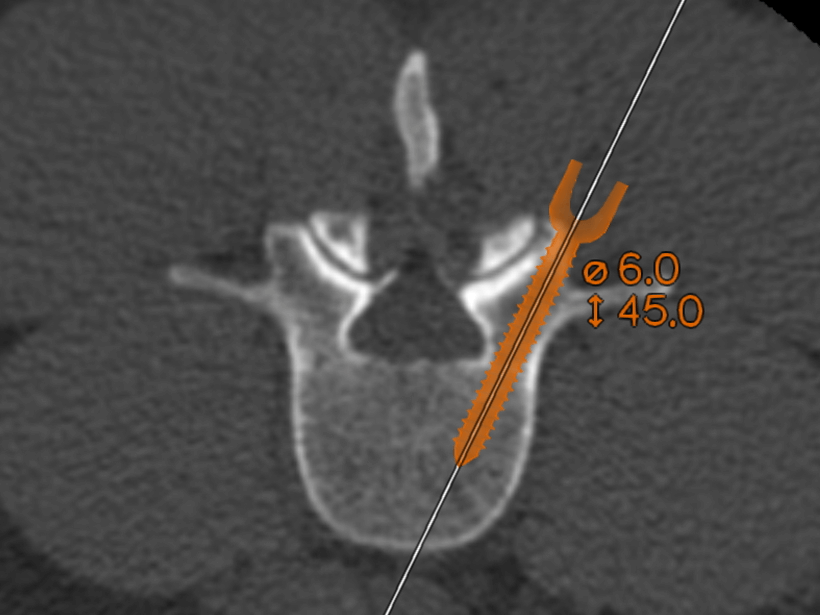
CT、MR、フルオロ3D、Loop-X 2D画像など、あらゆる種類の画像データ上でナビゲーションを行い、重要な情報をナビゲーションに反映します。
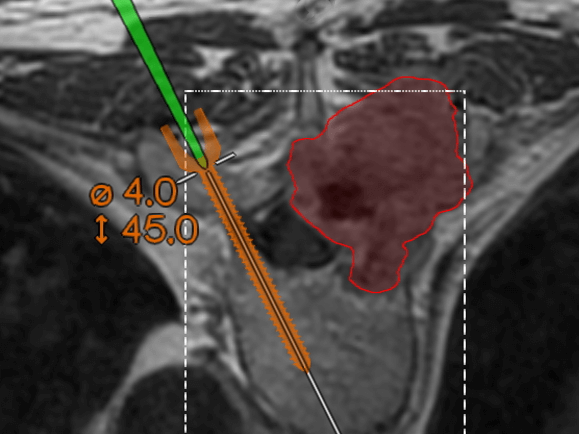
トラジェクトリーを設定したスクリューや輪郭を描出した腫瘍など、術前にプランニングしたオブジェクトをインポートして、情報を追加します。
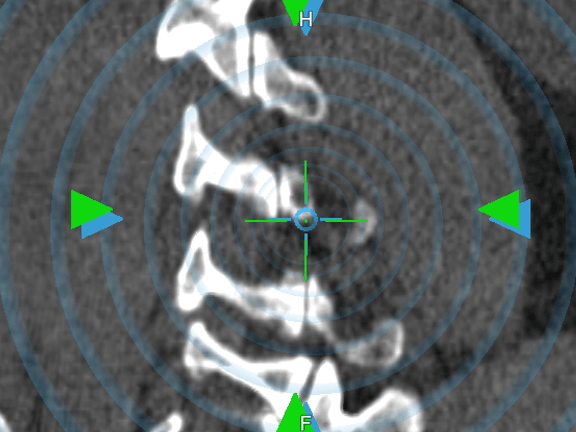
変形症例
経常的な変形症例の手術では、手術器具先端のオフセットツールを使用し、術中に椎弓根スクリューのプランニングが行えます。最初の切開前に、エントリーポイントやトラジェクトリーをプランニングし、保存できます。プランニングの終了後、Auto Pilotモードでターゲットまで誘導できます。
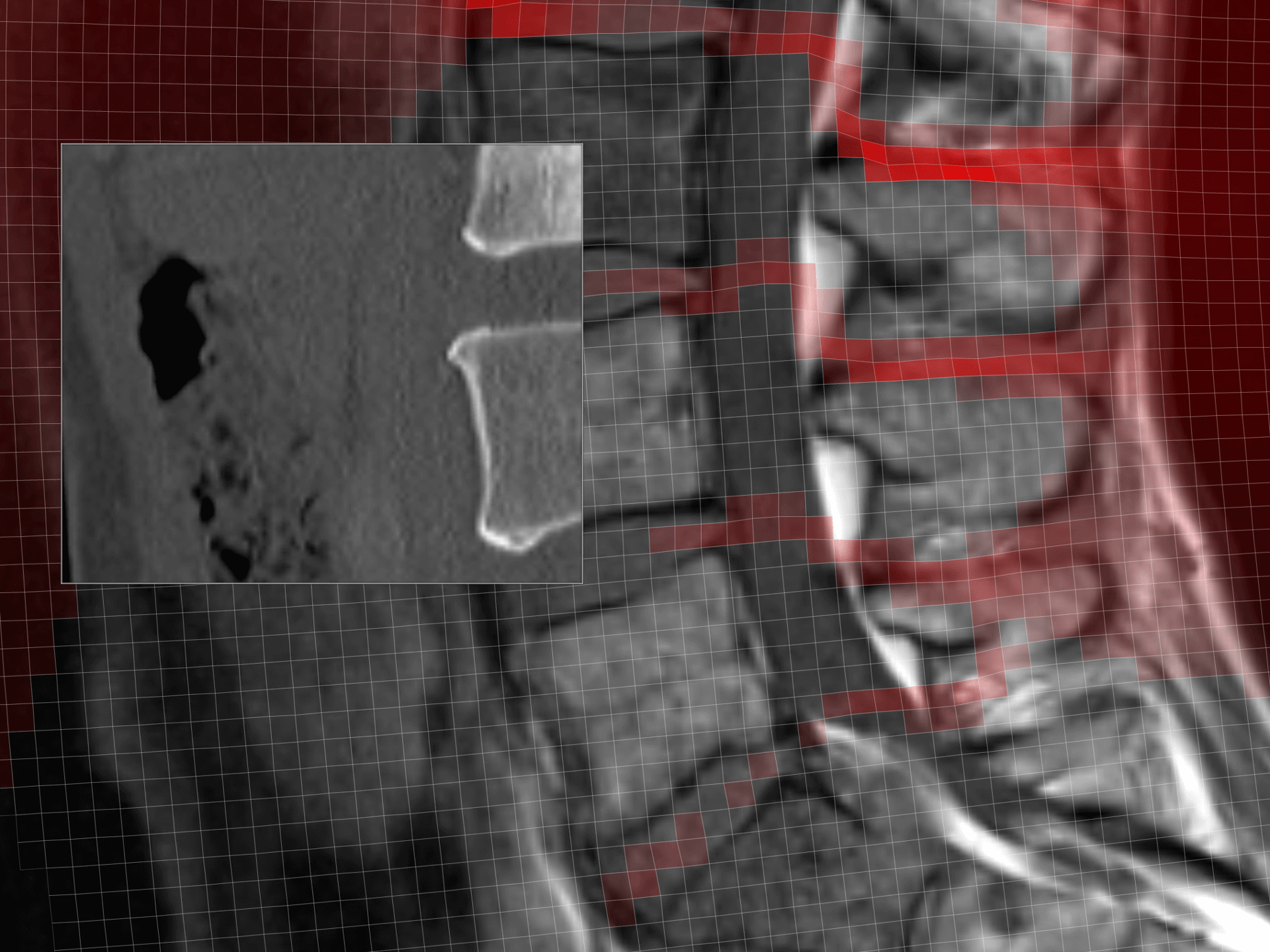
矯正手術
脊柱側弯症などの変形矯正手術では、複数のデータセット上で同時にナビゲーションを行い、必要な術前情報を集約して表示できます。フュージョンアプリケーションを使用すると、術中計画を術中の患者位置に一致させるための追加画像撮影が不要となり、時間短縮と被ばく量の低減が可能です。
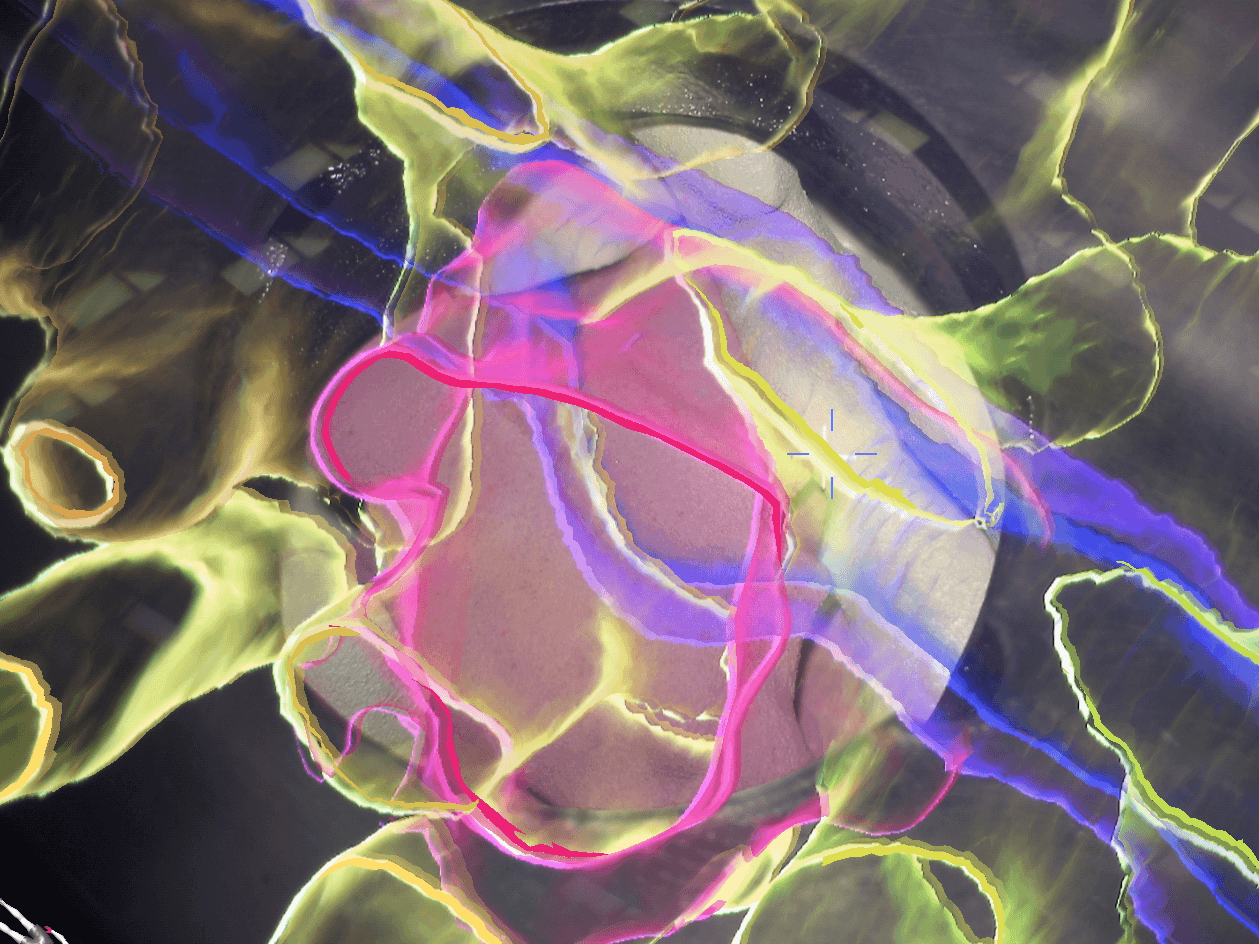
腫瘍切除
3Dオブジェクトが解剖学的構造の表面下に表示されることで、正確なアプローチプランニングが可能になり、追加された情報で解剖学的理解が深まります。また、術中にリアルタイムで更新される情報に基づいて臨床判断を行えます。
幅広い術者のためのナビゲーション
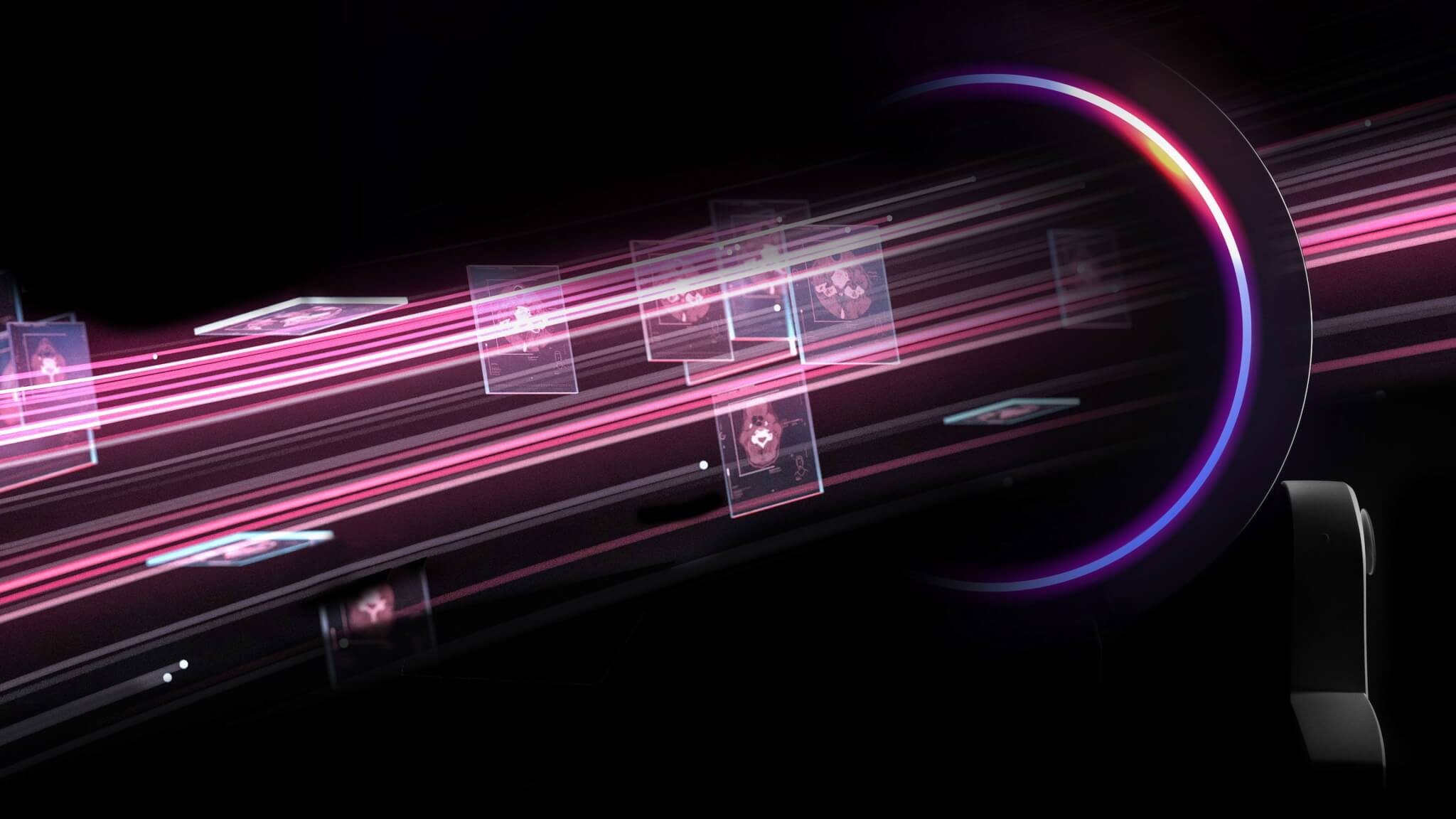
Closing the Loop
脊椎デジタルサージェリーの新境地を開く
ブレインラボは、脊椎デジタルサージェリー分野の未来に明確なビジョンを持っています。 医師がより自由に手術を行えるように支援し、患者のアウトカムを改善するために尽力しています。
販売名:Curve2 ナビゲーションシステム (医療機器認証番号:303AABZX00038000)
販売名:Curve ナビゲーションシステム (医療機器承認番号:22400BZX00153000)
販売名:Kick ナビゲーションシステム (医療機器承認番号:22500BZX00283000)
販売名: Loop-Xモバイルイメージングシステム(医療機器承認番号:30400BZX00137000)
販売名:Elements サージカルアドバンス(医療機器認証番号:227AABZX00098000)
脊椎手術のアウトカムをより効率的に向上させたいですか?
Navarro-Ramirez, Rodrigo; Lang, Gernot; Lian, Xiaofeng; Berlin, Connor; Janssen, Insa; Jada, Ajit et al. (2017): Total Navigation in Spine Surgery; A Concise Guide to Eliminate Fluoroscopy Using a Portable Intraoperative Computed Tomography 3-Dimensional Navigation System. In World neurosurgery 100, pp. 325–335
Matityahu, Amir; Kahler, David; Krettek, Christian; Stöckle, Ulrich; Grutzner, Paul Alfred; Messmer, Peter et al. (2014): Three-dimensional navigation is more accurate than two-dimensional navigation or conventional fluoroscopy for percutaneous sacroiliac screw fixation in the dysmorphic sacrum: a randomized multicenter study. In Journal of orthopaedic trauma 28 (12), pp. 707–710
Schuetze, Konard; Eickhoff, A.; Dehner, C.; Schultheiss, M.; Gebhard, F.; Richter, P. H. (2019): Radiation exposure for the surgical team in a hybrid-operating room. In Journal of robotic surgery 13 (1), pp. 91–98
Konieczny, Markus R.; Krauspe, Rüdiger (2019): Navigation Versus Fluoroscopy in Multilevel MIS Pedicle Screw Insertion: Separate Analysis of Exposure to Radiation of the Surgeon and of the Patients. In Clin Spine Surg 32 (5), E258-E265
